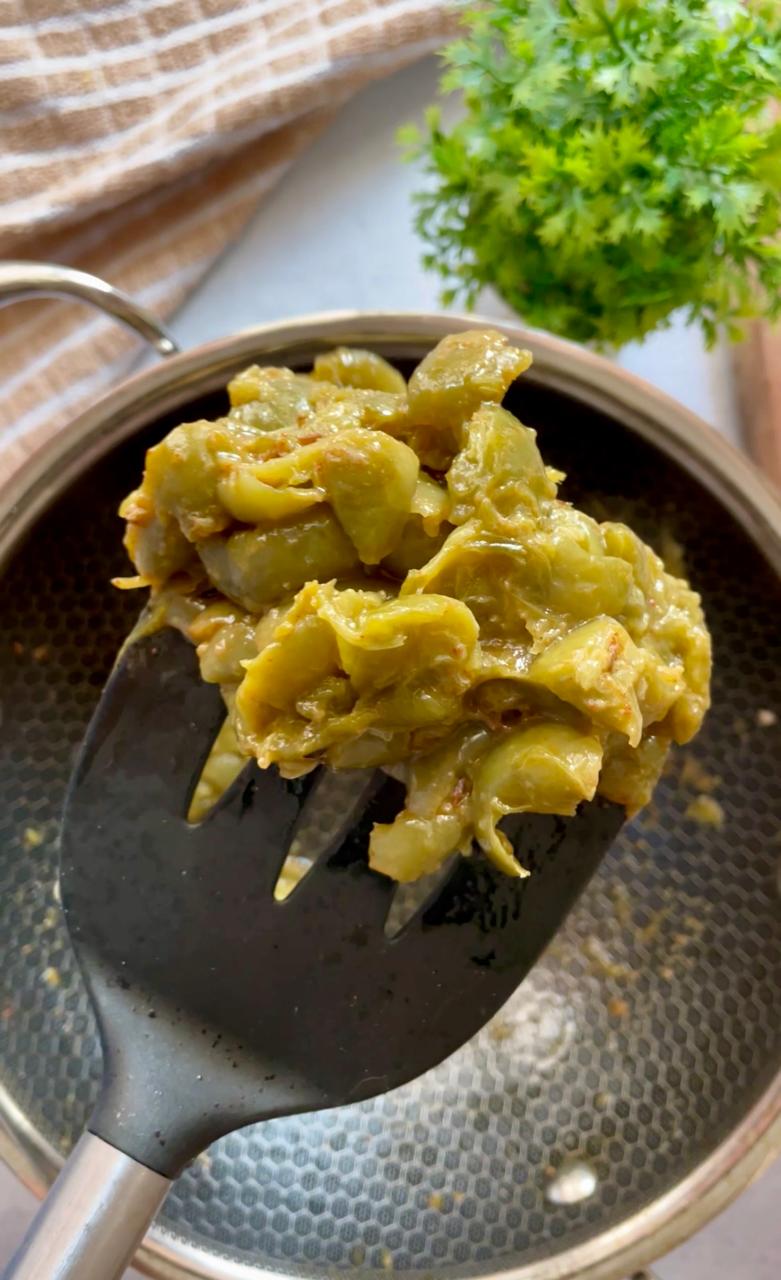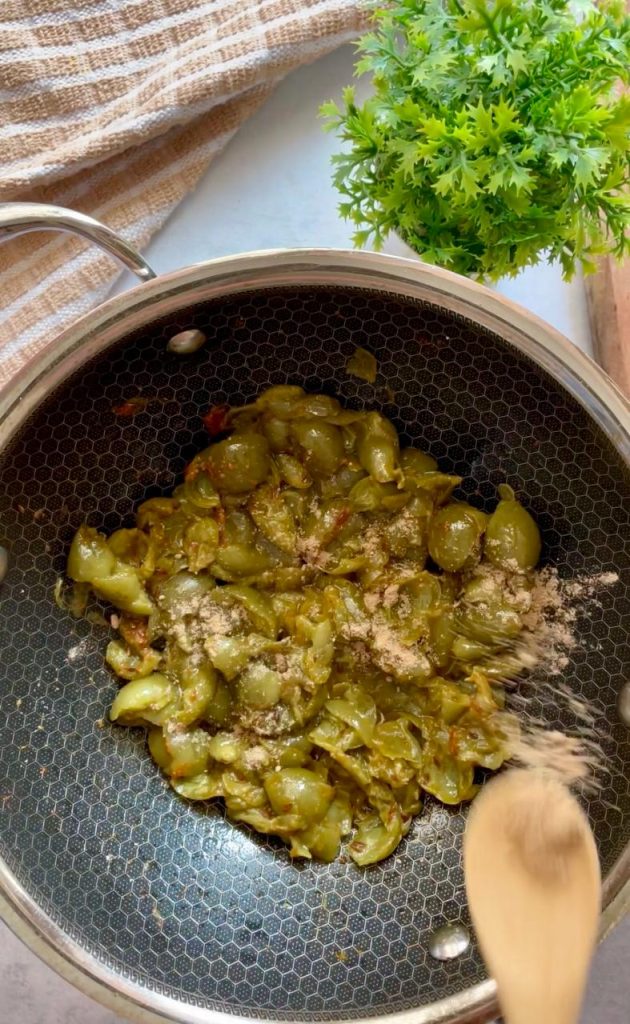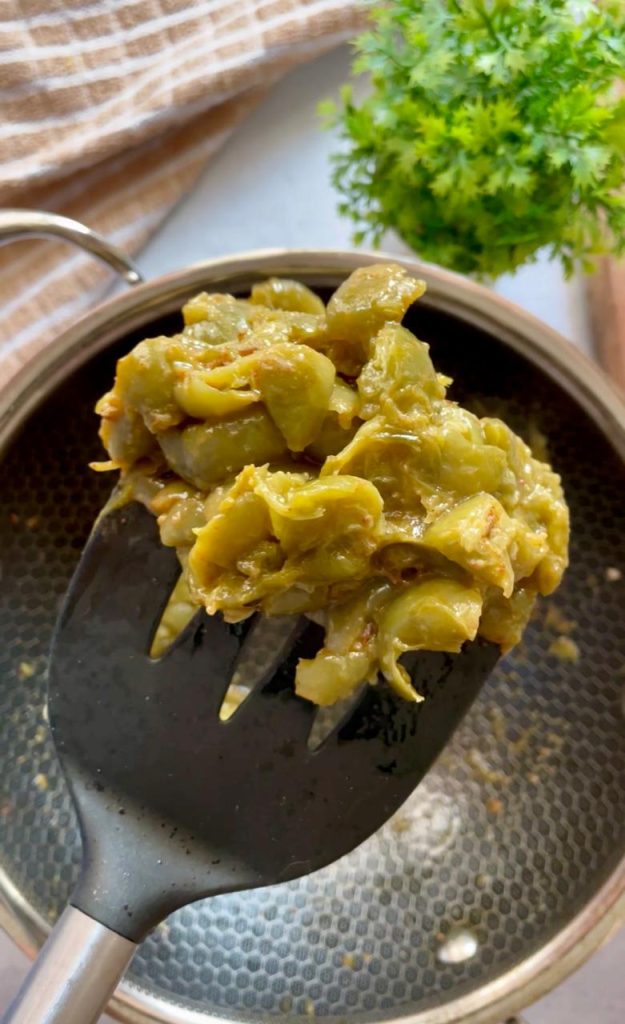
The Indian calendar is intricately linked with the country’s agricultural practices and climate variations. Each month, known by unique names in the Hindi calendar, signifies specific weather patterns and seasonal changes. These months are named after Sanskrit terms that have historical and cultural significance, reflecting ancient Indian traditions and knowledge systems.
The names of these months originate from ancient Sanskrit texts and are based on the lunar calendar. Each month aligns with specific climatic conditions and seasonal changes, influencing the human body’s needs and susceptibilities. For example, the heat of summer, the monsoon rains, and the onset of winter each require adjustments in diet to promote health and well-being.
Here is a brief overview of the months and their origins:
- Chaitra (March-April): Named after the star Chitra, this month marks the beginning of the new year in several regional calendars. It is a time of renewal and new beginnings.
- Vaishakh (April-May): This month is named after the star Vishakha. It signifies the onset of summer and the harvest of certain crops.
- Jyeshtha (May-June): Named after the star Jyeshtha, it is the hottest month of the year, requiring specific dietary adjustments to cope with the heat.
- Ashadha (June-July): This month derives its name from the star Purvashada. It marks the start of the monsoon season, bringing relief from the intense summer heat.
- Shravana (July-August): Named after the star Shravana, it is characterized by heavy rains and lush greenery.
- Bhadrapada (August-September): This month is named after the star Bhadrapada. It continues the monsoon season and is important for agricultural activities.
- Ashwin (September-October): Named after the Ashwini twins, who are considered to be divine healers in Hindu mythology, this month signals the transition from monsoon to autumn.
- Kartik (October-November): Named after Kartikeya, the god of war, this month is associated with festivals and rituals that prepare for the winter.
- Margashirsha (November-December): Named after the star Mrigashira, it is a month of spiritual practices and preparations for the cold weather.
- Pausha (December-January): This month derives its name from the star Pushya. It is the peak of winter, necessitating warm and nourishing foods.
- Magha (January-February): Named after the star Magha, this month continues the cold season, with dietary recommendations focusing on warmth and energy.
- Phalguna (February-March): Named after the star Phalguna, it marks the end of winter and the beginning of spring, with a diet transitioning to lighter foods.
These dietary guidelines draw on traditional Indian wisdom and Ayurveda, emphasizing the consumption of particular foods and herbs to harmonize with the environment. By following these practices, one can enhance digestion, boost immunity, and prevent seasonal ailments, maintaining overall health throughout the year. Here are some of them written in Hindi, followed by translation into English.
आहार के नियम भारतीय 12 महीनों अनुसार
चैत्र ( मार्च-अप्रैल) – इस महीने में गुड का सेवन करे क्योकि गुड आपके रक्त संचार और रक्त को शुद्ध करता है एवं कई बीमारियों से भी बचाता है। चैत्र के महीने में नित्य नीम की 4 – 5 कोमल पतियों का उपयोग भी करना चाहिए इससे आप इस महीने के सभी दोषों से बच सकते है। नीम की पतियों को चबाने से शरीर में स्थित दोष शरीर से हटते है।
वैशाख (अप्रैल – मई)- वैशाख महीने में गर्मी की शुरुआत हो जाती है। बेल पत्र का इस्तेमाल इस महीने में अवश्य करना चाहिए जो आपको स्वस्थ रखेगा। वैशाख के महीने में तेल का उपयोग बिल्कुल न करे क्योकि इससे आपका शरीर अस्वस्थ हो सकता है।
ज्येष्ठ (मई-जून) – भारत में इस महीने में सबसे अधिक गर्मी होती है। ज्येष्ठ के महीने में दोपहर में सोना स्वास्थ्य वर्द्धक होता है , ठंडी छाछ , लस्सी, ज्यूस और अधिक से अधिक पानी का सेवन करें। बासी खाना, गरिष्ठ भोजन एवं गर्म चीजो का सेवन न करे। इनके प्रयोग से आपका शरीर रोग ग्रस्त हो सकता है।
अषाढ़ (जून-जुलाई) – आषाढ़ के महीने में आम , पुराने गेंहू, सत्तु , जौ, भात, खीर, ठन्डे पदार्थ , ककड़ी, पलवल, करेला, बथुआ आदि का उपयोग करे व आषाढ़ के महीने में भी गर्म प्रकृति की चीजों का प्रयोग करना आपके स्वास्थ्य के लिए हानिकारक हो सकता है।
श्रावण (जूलाई-अगस्त) – श्रावण के महीने में हरड का इस्तेमाल करना चाहिए। श्रावण में हरी सब्जियों का त्याग करे एव दूध का इस्तेमाल भी कम करे। भोजन की मात्रा भी कम ले – पुराने चावल, पुराने गेंहू, खिचड़ी, दही एवं हलके सुपाच्य भोजन को अपनाएं।
भाद्रपद (अगस्त-सितम्बर) – इस महीने में हलके सुपाच्य भोजन का इस्तेमाल कर वर्षा का मौसम् होने के कारण आपकी जठराग्नि भी मंद होती है इसलिए भोजन सुपाच्य ग्रहण करे। इस महीने में चिता औषधि का सेवन करना चाहिए।
आश्विन (सितम्बर-अक्टूबर) – इस महीने में दूध , घी, गुड़ , नारियल, मुन्नका, गोभी आदि का सेवन कर सकते है। ये गरिष्ठ भोजन है लेकिन फिर भी इस महीने में पच जाते है क्योकि इस महीने में हमारी जठराग्नि तेज होती है।
कार्तिक (अक्टूबर-नवम्बर) – कार्तिक महीने में गरम दूध, गुड, घी, शक्कर, मुली आदि का उपयोग करे। ठंडे पेय पदार्थो का प्रयोग छोड़ दे। छाछ, लस्सी, ठंडा दही, ठंडा फ्रूट ज्यूस आदि का सेवन न करे…
Dietary Guidelines According to the Indian 12-Month Calendar
#Chaitra (March-April) – Consume jaggery this month as it helps in blood circulation, purifies the blood, and protects against various diseases. Additionally, take 4-5 tender neem leaves daily to avoid the common ailments of this month. Chewing neem leaves helps remove toxins from the body.
#Vaishakh (April-May) – With the onset of summer, it is essential to use bael leaves this month to stay healthy. Avoid using oil, as it can make the body unhealthy during this period.
#Jyeshtha (May-June) – This is the hottest month in India. Taking a nap in the afternoon is beneficial for health. Consume cold buttermilk, lassi, juice, and plenty of water. Avoid stale food, heavy meals, and hot items, as they can make you prone to diseases.
#Ashadha (June-July) – In this month, consume mangoes, aged wheat, sattu (roasted gram flour), barley, rice, kheer (sweet rice pudding), cool items, cucumber, pointed gourd, bitter gourd, and lamb’s quarters (bathua). Avoid hot-natured foods as they can harm your health.
#Shravana (July-August) – Use haritaki (Terminalia chebula) this month. Avoid green vegetables and reduce milk intake. Eat in smaller quantities, focusing on aged rice, aged wheat, khichdi (rice and lentils), yogurt, and light, easily digestible foods.
#Bhadrapada (August-September) – Since this is the rainy season, your digestive fire is weak. Eat light, easily digestible foods and consume medicinal herbs that enhance digestion.
#Ashwin (September-October) – This month, you can consume milk, ghee, jaggery, coconut, raisins, and cabbage. Though these are heavy foods, they are digestible due to the strong digestive fire in this period.
#Kartik (October-November) – In Kartik, consume warm milk, jaggery, ghee, sugar, and radish. Avoid cold beverages and foods such as buttermilk, lassi, cold yogurt, and cold fruit juices.
#Margashirsha (November-December) – Focus on consuming sesame seeds, jaggery, and warm foods. These help keep the body warm and maintain good health during the winter season.
#Pausha (December-January) – Eat foods that provide warmth and energy, such as sesame seeds, jaggery, and nuts. Avoid cold foods and drinks.
#Magha (January-February) – This is a cold month, so consume hot and spicy foods to maintain body heat. Include ginger, garlic, and warm soups in your diet.
#Phalguna (February-March) – As the weather starts to warm up, begin to include light and cool foods in your diet. Avoid heavy and oily foods to prepare your body for the upcoming summer season.
To sum and structure the above again.
Chaitra (March-April)
- Recommended Foods:
- Jaggery: Consuming jaggery (gud) during this month is beneficial as it aids in blood circulation, purifies the blood, and helps prevent various diseases.
- Neem Leaves: Chew 4-5 tender neem leaves daily. Neem leaves help eliminate toxins from the body and protect against seasonal ailments.
Vaishakha (April-May)
- Recommended Foods:
- Bael (Wood Apple): Including bael in your diet during this month can help maintain good health.
- Foods to Avoid:
- Oily Foods: Avoid consuming oily foods as they can negatively impact your health in the rising temperatures.
Jyeshtha (May-June)
- Recommended Foods:
- Cool Beverages: Drink plenty of cold buttermilk, lassi (yogurt drink), fresh juices, and water.
- Rest: Taking a nap in the afternoon can be beneficial in the extreme heat.
- Foods to Avoid:
- Stale and Heavy Foods: Avoid consuming stale food, heavy meals, and hot items as they can lead to health issues.
Ashadha (June-July)
- Recommended Foods:
- Seasonal Fruits and Grains: Include mangoes, old wheat, sattu (roasted gram flour), barley, rice, kheer (rice pudding), cooling foods like cucumber, bitter gourd, and bathua (Chenopodium album) in your diet.
- Foods to Avoid:
- Hot Natured Foods: Avoid foods that generate heat as they can be harmful to your health during this month.
Shravana (July-August)
- Recommended Foods:
- Haritaki (Chebulic Myrobalan): Using haritaki during this month is beneficial.
- Foods to Avoid:
- Green Vegetables: Reduce the intake of green vegetables.
- Dairy: Minimize the consumption of milk.
- Light and Digestible Foods: Consume older rice, old wheat, khichdi (rice and lentils dish), yogurt, and easily digestible foods.
Bhadrapada (August-September)
- Recommended Foods:
- Light and Digestible Foods: Due to the rainy season, digestive fire (jatharagni) becomes weak. Therefore, consume light and easily digestible foods.
- Medicinal Herbs: Use herbs like Chita for maintaining health.
Ashwin (September-October)
- Recommended Foods:
- Rich Foods: Milk, ghee, jaggery, coconut, raisins, and cabbage can be consumed as the digestive fire is strong during this month, making it easier to digest heavier foods.
Kartika (October-November)
- Recommended Foods:
- Warm Foods: Include warm milk, jaggery, ghee, sugar, and radish in your diet.
- Foods to Avoid:
- Cold Beverages: Avoid cold beverages like buttermilk, lassi, cold yogurt, and cold fruit juices.
Margashirsha (November-December)
- Recommended Foods:
- Warm and Nutritious Foods: Consuming ghee, milk, and warm foods is beneficial during this month.
- Sesame Seeds: Including sesame seeds in your diet can help keep the body warm and healthy.
Pausha (December-January)
- Recommended Foods:
- Warming Foods: Ghee, jaggery, and hot milk are recommended to keep the body warm in the cold weather.
- Dry Fruits: Almonds, cashews, and dates provide the necessary energy and warmth.
Magha (January-February)
- Recommended Foods:
- Ghee and Nuts: Continue consuming ghee and dry fruits to maintain warmth and energy.
- Warm Soups: Hot soups and stews are beneficial during this month.
Phalguna (February-March)
- Recommended Foods:
- Light Foods: As the weather starts warming up, transition to lighter foods.
- Green Vegetables: Increase the intake of green vegetables to cleanse the body and prepare for the upcoming summer season.
By following these dietary guidelines according to the Indian 12-month calendar, you can align your diet with seasonal changes, promoting better health and well-being throughout the year.
Conclusion
Understanding the dietary guidelines according to the 12 months in the Indian calendar offers valuable insights into how our ancestors harmonized their lifestyles with nature. These guidelines are not merely traditional practices but are based on deep knowledge of seasonal changes, climatic conditions, and their impact on human health.
By following these monthly dietary recommendations, one can adapt to the natural rhythms of the year, ensuring optimal health and well-being. These practices encourage the consumption of seasonal foods that are best suited to the body’s needs during specific times of the year, enhancing digestion, immunity, and overall vitality.
Incorporating these ancient wisdoms into our modern lifestyles can help us stay connected to our cultural roots and promote a holistic approach to health. Embracing these practices allows us to experience the benefits of balanced living, as envisioned by our ancestors.















